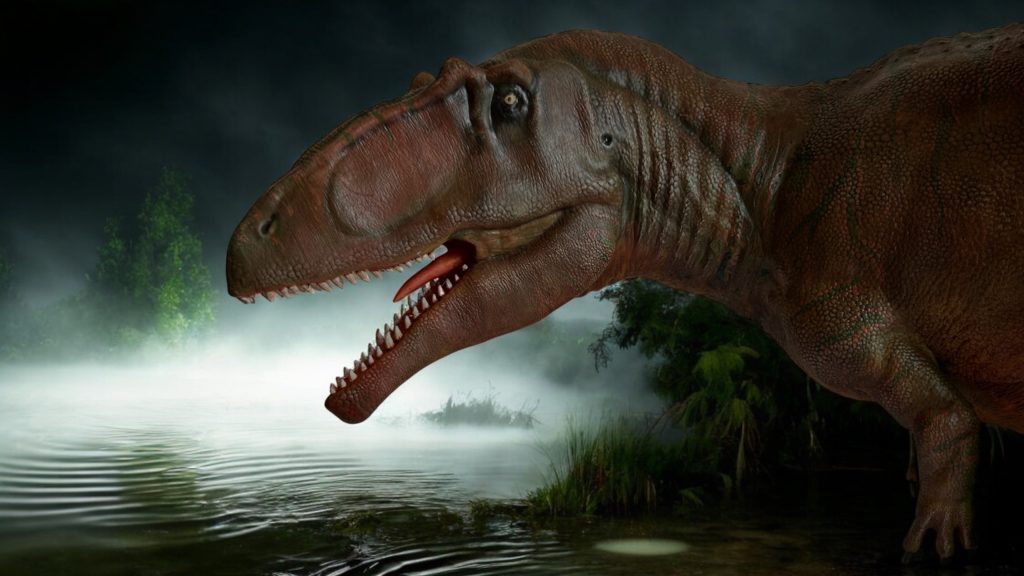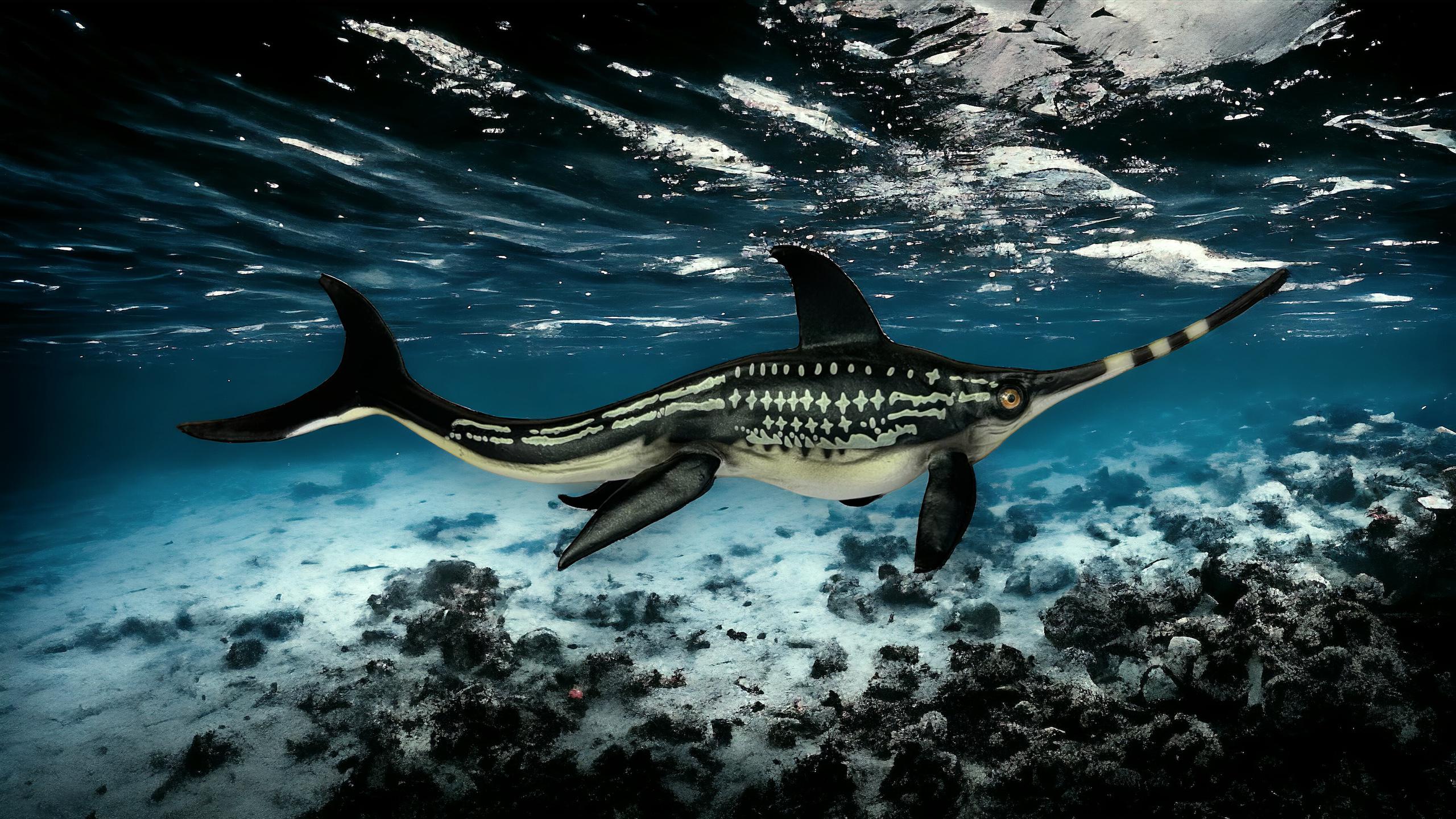Giganotosaurus: The Supreme Predator of South America 🦖🔥
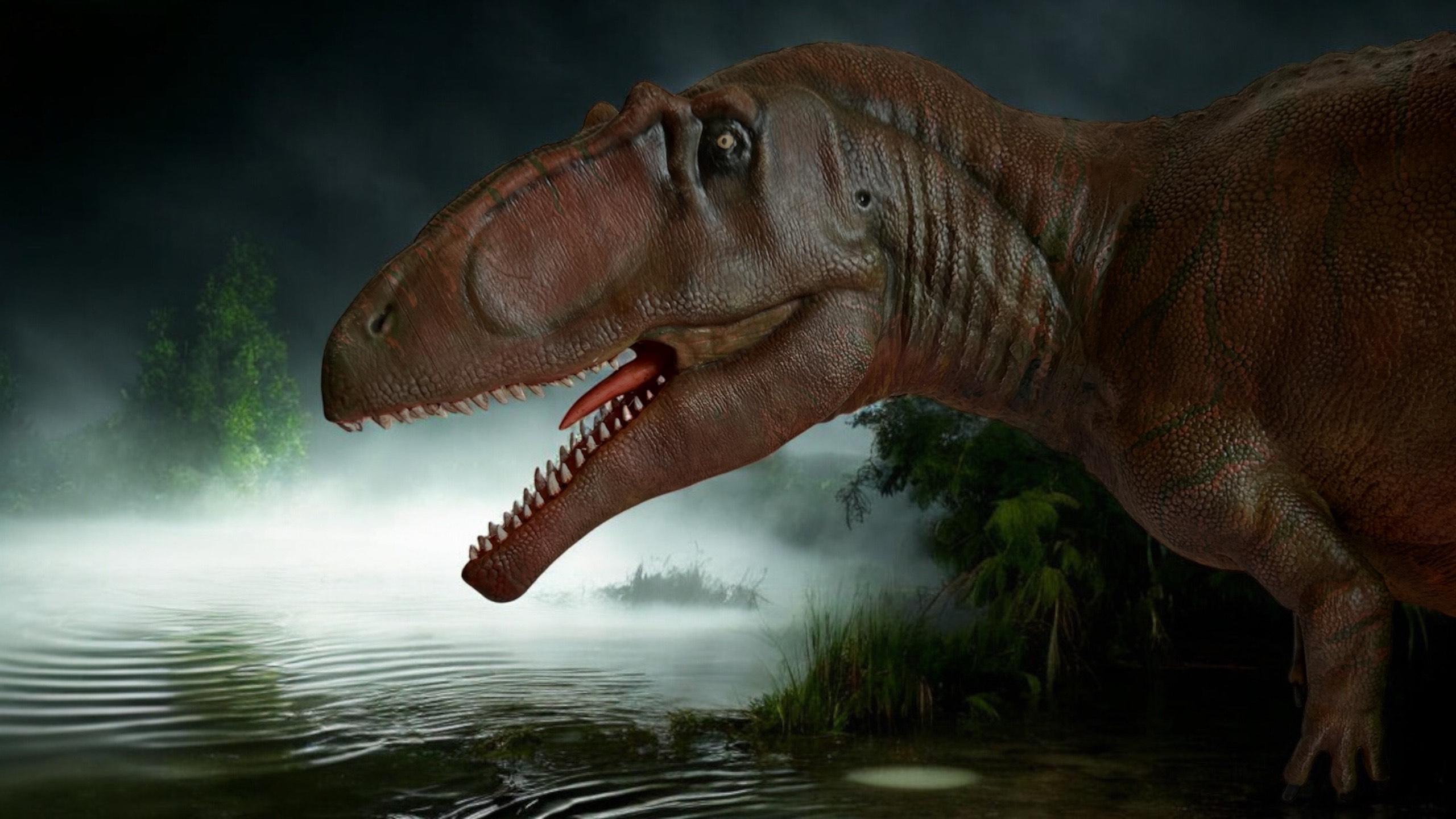 Giganotosaurus Figure.
Giganotosaurus Figure.The Supreme Predator of South America
When discussing the largest predators in history, Tyrannosaurus rex often takes center stage. However, during the Late Cretaceous, another colossal carnivore ruled South America: Giganotosaurus carolinii. This massive theropod was one of the largest land predators ever discovered, challenging previous assumptions about dinosaur size dominance.
Giganotosaurus has been widely represented in collectible figures, and although I have yet to acquire the PNSO version (which I consider one of the best), I do own several other fascinating representations. Among them, a 3D-printed head and neck, a statue from Fábrica Jurásica with a unique, relaxed posture, and a Schleich figure, which, despite not being my usual style, stands out for its dynamism and striking color scheme.
In this article, we’ll explore its discovery, characteristics, habitat, and its significance in the world of collectibles.
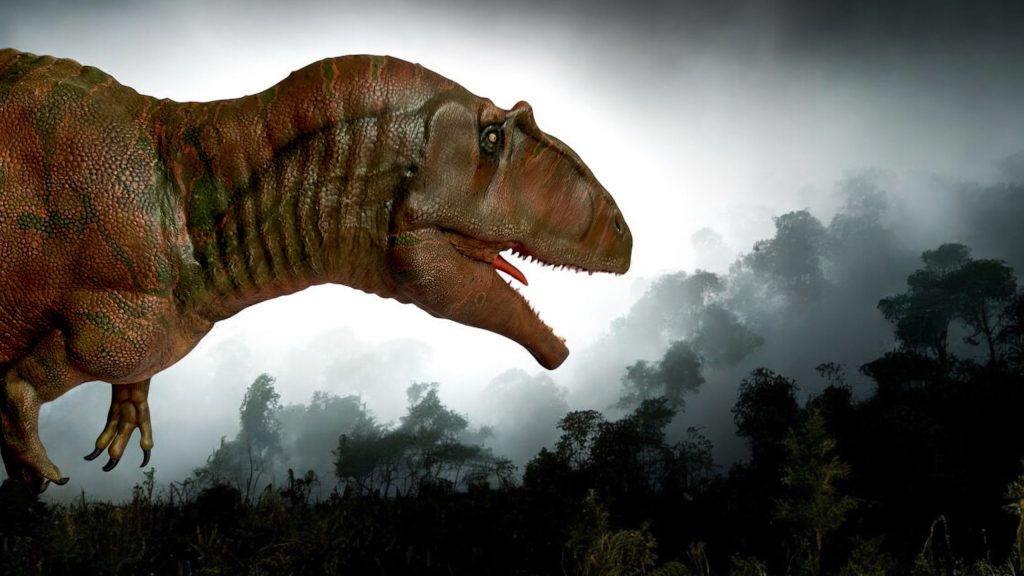
Discovery and Name Meaning
Giganotosaurus was discovered in 1993 in Argentina’s Candeleros Formation by amateur paleontologist Rubén Darío Carolini. In 1995, paleontologists Rodolfo Coria and Leonardo Salgado formally described the species.
The name «Giganotosaurus» means «giant southern lizard,» referring to its enormous size and its location in the Southern Hemisphere. The species name, Giganotosaurus carolinii, honors its discoverer.
This discovery revolutionized our understanding of giant carnivorous dinosaurs, proving that North America was not the only place where colossal theropods evolved.
Physical Characteristics and Adaptations
Giganotosaurus was a huge, powerful predator, built to take down large prey such as titanosaurs.
- Length: Approximately 12-13.2 meters (39-43 feet).
- Height: Up to 4 meters (13 feet) at the hips.
- Weight: Between 8 and 10 tons.
- Elongated skull with sharp teeth: Designed to slice through flesh rather than crush bones.
- Large but relatively weak bite: Unlike T. rex, its bite wasn’t as powerful, suggesting it may have hunted in groups or relied on quick strikes to take down prey.
- Strong, well-built legs: Estimated to have reached speeds of up to 50 km/h (31 mph), making it a fast predator despite its massive size.
Giganotosaurus belongs to the Carcharodontosauridae family, a group of giant theropods that includes Carcharodontosaurus and Mapusaurus, all characterized by their elongated skulls and razor-sharp teeth.
Giganotosaurus in Collectible Figures
Thanks to its impressive size and status as one of the largest theropods, Giganotosaurus has been widely represented in dinosaur collectibles.
My Giganotosaurus Collection
📌 3D-Printed Head and Neck
- A unique representation, but since it only includes part of the body, it fails to capture the full presence of this prehistoric giant.
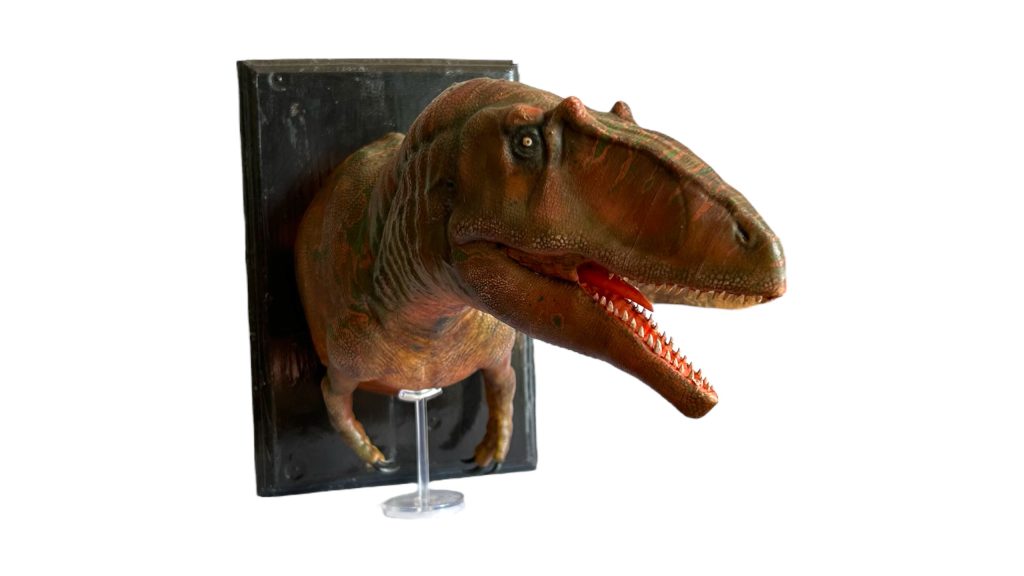
📌 Fábrica Jurásica Statue
- Calm, relaxed posture, unlike most depictions of roaring theropods.
- Panther-like coloration, giving it an elegant yet powerful look.
- A different take on the usual Giganotosaurus, emphasizing its dominance without aggression.
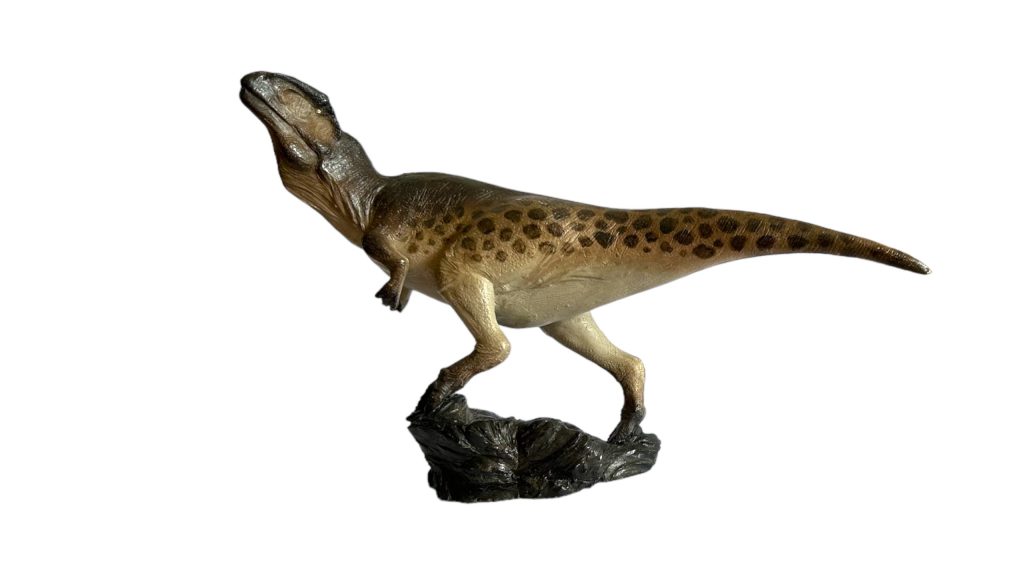
📌 Schleich Figure
- True to Schleich’s «dragon-like» aesthetic, featuring exaggerated scales.
- Bright, exotic colors that sometimes look plastic-like but work surprisingly well on this model.
- Impressive dynamic pose, making it one of the most action-packed figures in my collection.
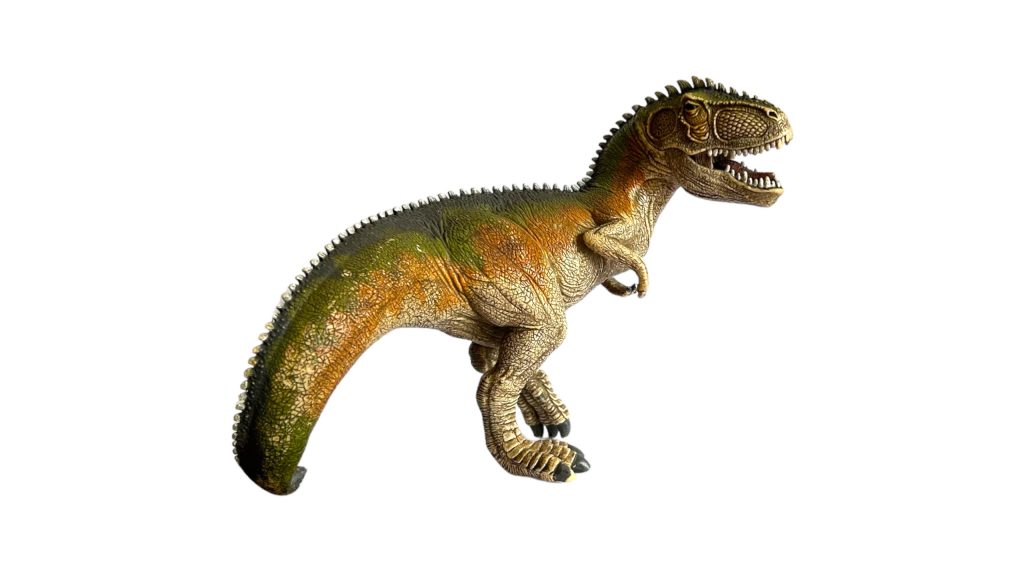
Although I don’t yet own the PNSO version, I know it will be an essential future addition to my collection.
Habitat and Lifestyle
Giganotosaurus lived 99-97 million years ago, in what is now Argentina, within the Candeleros Formation.
- Environment: Semi-arid plains with rivers and scattered forests.
- Diet: Carnivorous, likely hunting titanosaurs or scavenging.
- Pack Behavior: Some evidence suggests that Giganotosaurus hunted in groups, allowing them to take down prey much larger than themselves.
Its main competitor was likely other large carcharodontosaurids such as Mapusaurus, which may have shared the same ecosystem.
A South American Giant That Still Fascinates
The discovery of Giganotosaurus proved that some of the largest land predators didn’t only evolve in North America, but also in South America.
This dinosaur is iconic, not only for its size but for its scientific importance and role in understanding the evolution of giant theropods.
In the world of collectibles, its representation has varied, but brands like PNSO have taken it to a new level of realism.
Conclusion: The Supreme Predator of South America
Giganotosaurus was one of the largest carnivorous dinosaurs to ever walk the Earth, with the perfect anatomical design for hunting massive prey.
If you’re a collector, there are plenty of options available, from artistic interpretations like Fábrica Jurásica’s statue to scientifically accurate models like PNSO’s.
If you don’t yet have a Giganotosaurus in your collection, now is the time to get one—this is a dinosaur that deserves a place among the greatest prehistoric predators.
